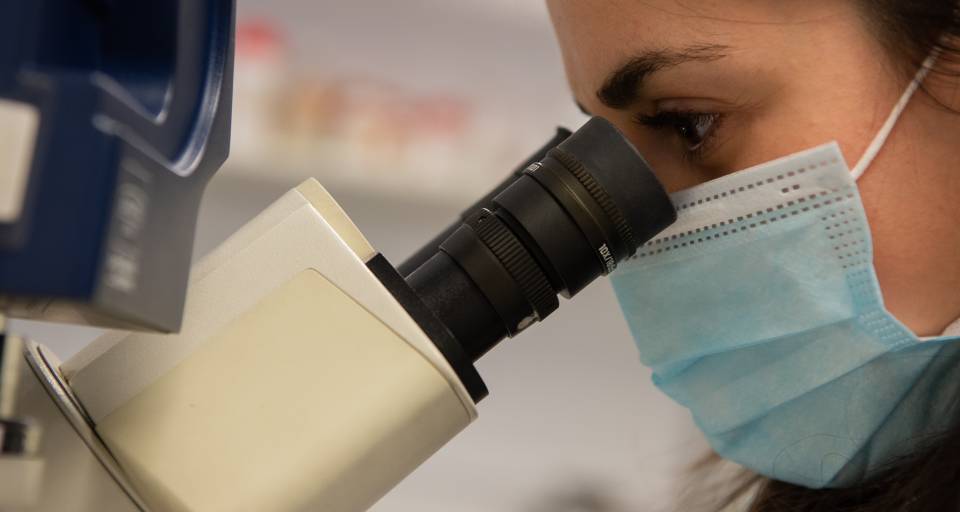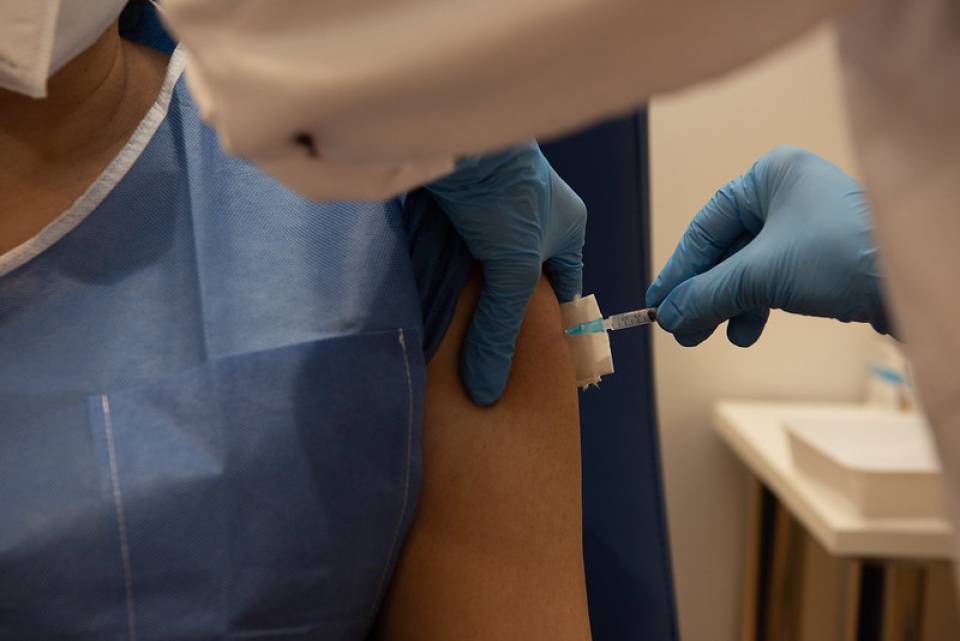Frequently asked questions about Cervical Cancer
The cervix is formed from different types of cell, each of which can become cancerous. Around 90% of cervical cancers initially develop in the epithelium or the “skin” lining the external surface of the cervix known as the “squamous epithelium”, which gives rise to squamous cervical cancer. The second most frequently encountered type affects the glandular epithelium lining the cervical canal and is called adenocarcinoma. All other types of cervical cancer are very rare.
Cervical cancer is classified according to the stage of the disease (this refers to the size and spread of the tumour). In stage I cervical cancer the tumour is confined to the patient’s cervix. In stage II, the tumour extends to adjacent tissues (vagina and parametrium), but without reaching the lower third of the vagina or the pelvic wall; while in stage III, the tumour has spread into these structures. Finally, in stage IV cervical cancer, the disease now affects the bladder/rectum or other distant organs (metastasis).
In practically all cases of cervical cancer, the causal factor is human papillomavirus (HPV). There are other factors or cofactors which, when combined with HPV, contribute to or increase the risk of developing cervical cancer. The most significant factors are the type of HPV (especially HPV16 and HPV18), an immunosuppressed state, smoking and the long-term use of hormonal contraceptives.
HPV spreads through genital contact during sexual intercourse. Although HPV infection does not cause any symptoms for several months and is self-limiting (transient infection), in approximately 10% of women it remains present for over 2 years (persistent infection). This persistent infection is a requisite for the development of precancerous lesions, which, in turn, present a risk of evolving into cervical cancer. Measures to prevent HPV infection are based on reducing genital contact (condoms) or the administration of HPV vaccinations.
No. Surgery is only indicated for early-stage cervical cancers (tumours confined to the cervix or stage I) measuring less than 4 cm.
Historically, the typical intervention for cervical cancer was a radical hysterectomy (complete removal of the uterus) and therefore patients could no longer have children. If the patient’s ovaries can be left intact, there is still the possibility of a surrogate pregnancy, although this option is illegal in Spain. In recent years, patients with early-stage tumours (< 2 cm and limited to the cervix) who want to bear children in the future can undergo interventions (simple or radical trachelectomy, cervical conisation) that spare the uterine cavity and do not, therefore, affect the woman’s childbearing potential.
The possibility of leading a normal life during treatment will depend on your overall health, the symptoms associated with the cervical cancer and the side effects of treatment. Chemotherapy and radiotherapy are normally administered as an outpatient service, that is, patients can return home after each treatment session. There are no specific limitations on activities associated with the disease or its treatment. We recommend resting when you feel tired and exercising when you feel up to it.
The side effects of chemotherapy do not usually appear until 48 hours after administering the treatment. However, patients should always take someone with them to their chemotherapy sessions because the drugs used can sometimes produce side effects during infusion (allergic reactions, etc.) and several of them are administered over long periods, meaning patients are usually very tired after therapy.
Recommendations are to use soft shampoos and ammonia-free dyes.
Clinical studies and trials have investigated the therapeutic use of cannabinoids under specific medical conditions. They have shown that the main active substance in marijuana helps control the side effects of cancer treatments (it stimulates appetite, alleviates pain and is an antiemetic, i.e., relieves nausea). The use of cannabis is currently prohibited in Spain, this means there is no regulation of any products that contain marijuana extracts or concentrates.
During or upon completing your treatment, your doctor will request some imaging tests (CT, PET, MRI, etc.) to help them observe the changes in the size of the tumour. These images are compared with ones taken before starting treatment, so they help assess the effectiveness of the therapy. The type of tests and their frequency depends on the type of tumour and treatment.
As radiotherapy is applied locally, it only causes hair to fall out from the skin where it is administered, and even then, only when above a certain dose. Radiotherapy only causes hair loss when it is applied to your head.
We recommend following as normal a lifestyle as possible. If you want to go to the beach or swimming pool, it is better if you wear a swimsuit rather than a bikini. Your doctor will give you advice for your particular case.
If your age and state of health are reasonable during treatment, you can drive short distances. But you must bear in mind that you have received various different treatments and you might not be very well. Which is why driving vehicles is not usually recommended.
If you cannot come alone due to your age or physical condition, someone must accompany you. If significant acute complications emerge, then you will have to start bringing someone with you to future appointments.
During radiotherapy, patients undergo a weekly check-up to find out how they are coping with the treatment. What is more, if any problems occur, you can always discuss them with your healthcare team. After the course of radiotherapy, you will attend regular follow-up visits with your specialist, who will also see you through a scheduled appointment as and when you require. However, in case of emergency, you should always go to your local hospital emergency department.
Substantiated information by:




Published: 21 February 2020
Updated: 21 February 2020
Subscribe
Receive the latest updates related to this content.
Thank you for subscribing!
If this is the first time you subscribe you will receive a confirmation email, check your inbox


